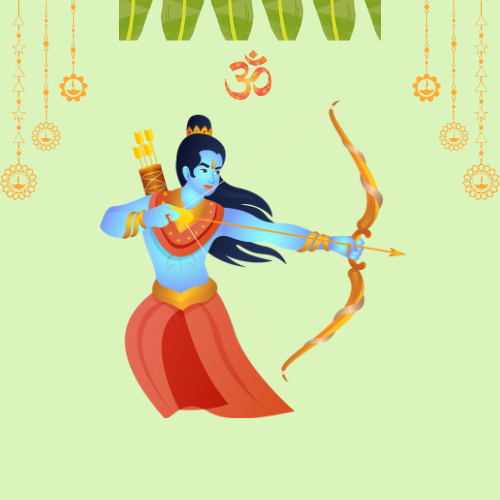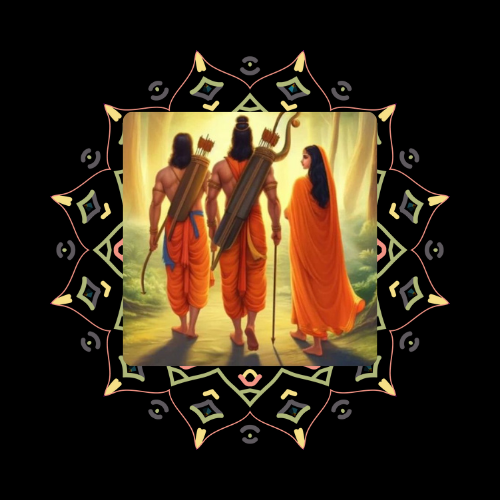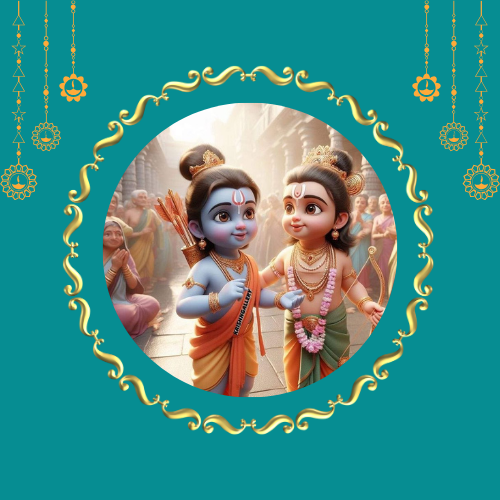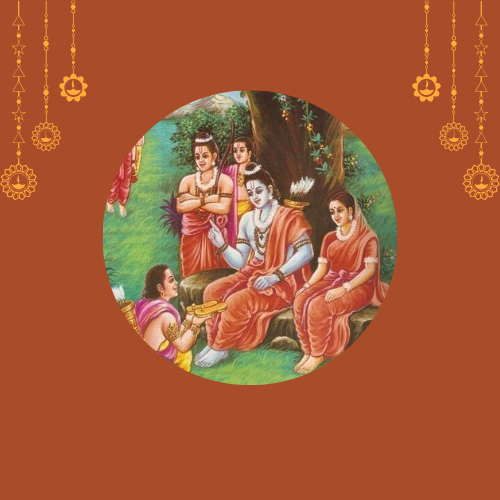Introduction
Among the countless deities and heroes in Hindu mythology, Lord Rama holds a unique and exalted position. He is not just worshipped as an incarnation of Lord Vishnu, but also deeply admired as the embodiment of ideal human behavior. Hence, he is often called “Maryada Purushottam”, a Sanskrit title that translates to “The Supreme Man of Honor and Discipline.”
But what exactly makes Lord Rama worthy of this title? Let’s explore the profound meaning behind Maryada Purushottam and the qualities that made Rama the epitome of righteousness.
What Does Maryada Purushottam Mean?
- Maryada = Boundaries, dignity, ethical conduct, righteousness
- Purushottam = The best among men; the highest ideal of manhood
Put together, Maryada Purushottam means “The Supreme Upholder of Righteousness and Moral Code.” Lord Rama, through his life and choices, showed the world how to live with honor, even in the face of adversity.
1. Rama’s Obedience as a Son
One of the earliest and most powerful examples of Rama’s commitment to maryada was his decision to accept 14 years of exile without question.
When Queen Kaikeyi demanded that Rama be banished and Bharata crowned instead, King Dasharatha was shattered. However, Rama calmly accepted his father’s promise and left Ayodhya without resentment.
🔹 Lesson: He valued duty over desire and upheld the honor of his father’s word, setting the gold standard for filial piety.
2. Rama’s Role as an Ideal Husband
Lord Rama deeply loved his wife Sita and went to great lengths to protect and rescue her from Ravana. However, after returning to Ayodhya, when society questioned her chastity, Rama faced a moral dilemma.
Though it broke his heart, Rama chose to uphold the dignity of his role as a king and sent Sita to the forest, placing public trust above personal emotion.
🔹 Lesson: As Maryada Purushottam, Rama placed dharma over attachment, showing that leaders must sometimes make painful decisions for the greater good.
3. Rama’s Righteous Rule as a King (Ram Rajya)
Rama’s reign, also called Ram Rajya, was marked by justice, peace, prosperity, and equality. He treated his subjects like his own family and made decisions for their welfare, not for his personal gain.
He set an example of ethical leadership, where a ruler is not above the people but bound to them by duty.
🔹 Lesson: Rama’s kingship was a model for governance based on moral duty, fairness, and compassion.
4. Rama’s Compassion and Forgiveness
Throughout the Valmiki Ramayan, Rama showed immense compassion:
- He forgave Vibhishana, Ravana’s brother, and accepted him with open arms.
- He gave Ravana a proper cremation with full respect, despite being his enemy.
🔹 Lesson: As Maryada Purushottam, Rama taught that forgiveness and dignity must be upheld even in conflict.
5. Rama’s Loyalty and Humility
Rama never claimed superiority despite being an avatar of Vishnu. He respected everyone—from sages and animals to tribal leaders like Guha and women like Shabari.
His loyalty to his family, friends (like Hanuman and Sugriva), and values never wavered.
🔹 Lesson: Rama personified humility in strength, proving that greatness lies in staying grounded.
Conclusion
Lord Rama is called Maryada Purushottam because he lived a life of unshakable principles, emotional discipline, and moral strength. In every role—be it as a son, husband, king, or warrior—he followed the path of dharma (righteousness), even when it meant immense personal sacrifice.
In a world full of moral challenges, Rama’s life remains a timeless guide on how to act with honor, self-control, and purpose.
Read Next:



